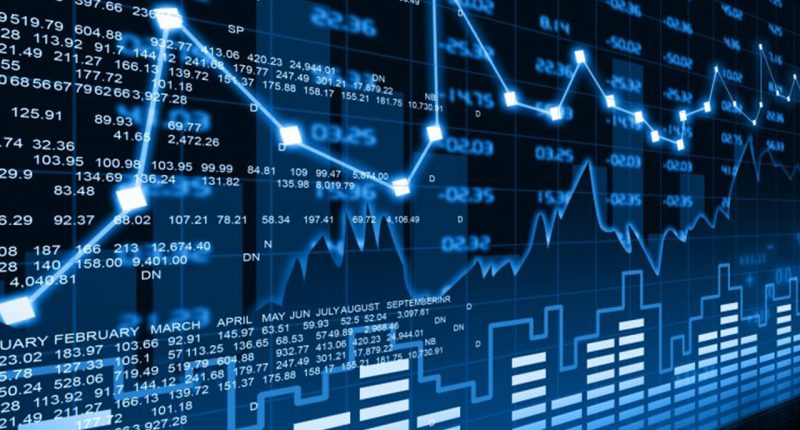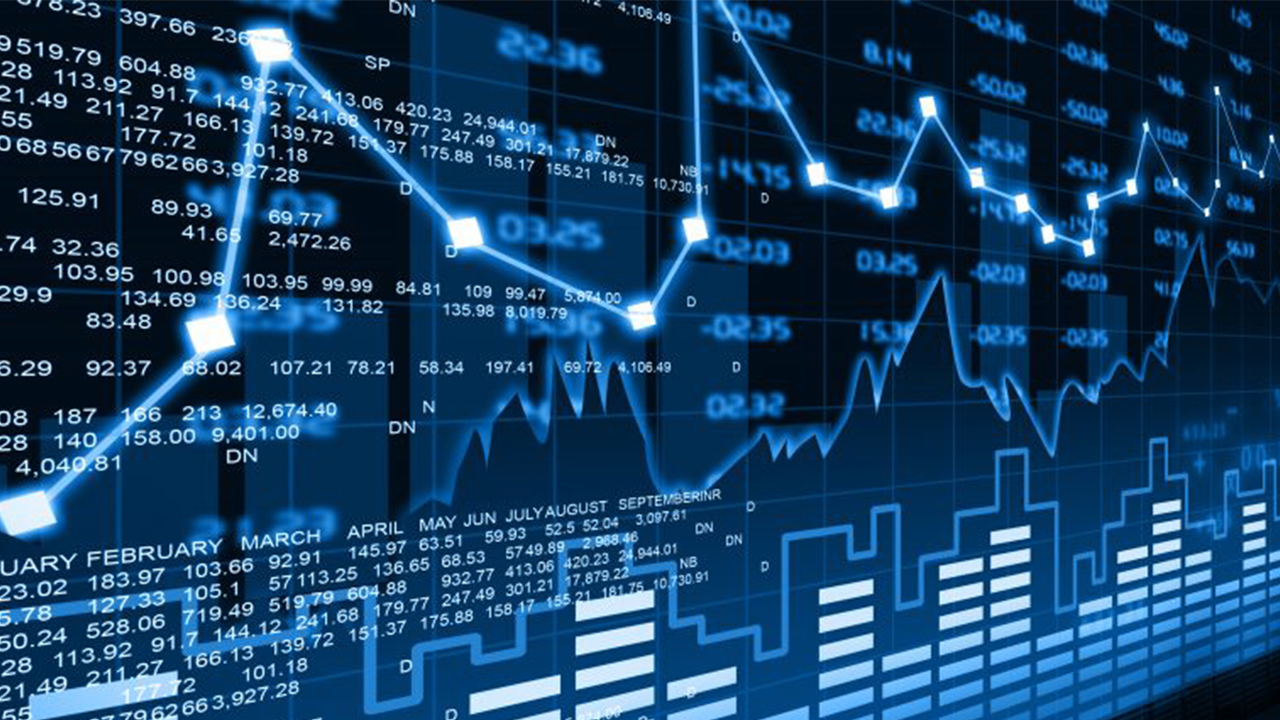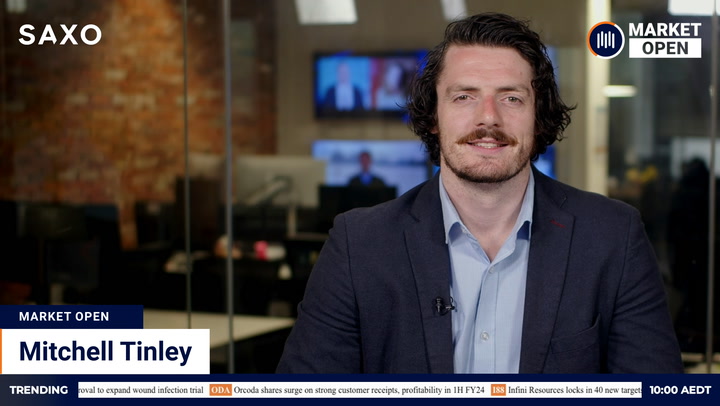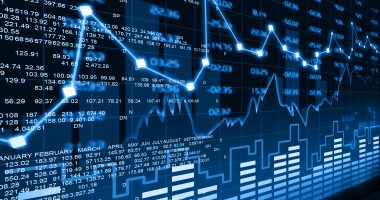The stock market looks set to open firmly higher following a record finish in the US after Congress confirmed Joe Biden as president and calm was restored in Washington.
ASX SPI200 futures climbed 21 points or 0.3 per cent as US stocks gained almost 1.5 per cent. The Australian market yesterday anticipated a strong night on Wall Street, surging 105 points or 1.6 per cent to its biggest gain in almost two months.
Wall Street
Wednesday’s dark events on Capitol Hill were forgotten as US investors focussed on upbeat economic data, rising bond yields and the prospects for more stimulus measures under a Democrat-controlled Congress.
The S&P 500 climbed 56 points or 1.48 per cent to a record close. The Dow Jones Industrial Average rose 212 points or 0.69 per cent. The Nasdaq Composite soared 327 points or 2.56 per cent as traders used Wednesday’s dip to buy sold-off tech giants.
“There should be no mystery as to why the markets didn’t care about what happened in the capital [on Wednesday], however disturbing, disgraceful, and embarrassing it was,” Peter Boockvar, chief investment officer at Bleakley Advisory Group, told CNBC. “It’s because it has no bearing on the direction of the economy, earnings and interest rates. It’s that simple.”
Supporters of President Donald Trump delayed the ratification of Biden as the next president by storming Capitol Hill. Congress reconvened in the Capitol building late on Wednesday night and confirmed Biden’s victory. President Donald Trump later issued a statement reassuring Americans “there will be an orderly transition on January 20th”.
Concerns about the economic impact of the latest Covid wave were soothed by market-friendly services industry and benefits updates. The reports were welcomed by some analysts as a sign last month’s stimulus measures were having a positive effect.
The Institute for Supply Management’s non-manufacturing index climbed to 57.2 last month from 55.9 in November, defying expectations for a decline. First-time claims for unemployment benefits also came in better than expected, dropping to 787,000 from 790,000 the previous week. Economists had tipped an increase to around 815,000.
The rate-sensitive financial sector jumped 1.5 per cent as bond yields climbed. Bond proxies such as utilities and consumer staples declined.
The tech sector bounced almost 2.7 per cent to be the night’s best performer after traders decided fears about tighter regulation under a Biden presidency were overblown. Apple rose 3.4 per cent, Microsoft 2.9 per cent and Alphabet 3 per cent.
A new quarterly corporate earnings season gets properly underway next week. Walgreens Boots Alliance was the Dow’s best performer last night, climbing 5.2 per cent after beating analysts’ expectations.
Australian outlook
The S&P/ASX 200 bolted yesterday to its highest level of this infant year, finishing at the top of a sideways trading range that developed over the ‘silly season’. The index closed at 6712, its best finish since December 17.
“It was a strong move higher for the benchmark ASX 200,” Carl Capolingua, Market Analyst at ThinkMarkets, said. “We’ve bounced off that 6585 support level three times in the last three weeks. [Yesterday’s] move, for me, marks that level as a solid floor of support. Assuming we don’t get any major negative news events surrounding the handover of power in Washington, there’s a very good chance we can push though overhead resistance around 6766 and target our all-time highs at 7197.”
Overnight futures action suggests we ate most of our cake yesterday, leaving only a little on the plate for today. The market should open within touching distance of overhead resistance, but may have to wait until next week for a genuine crack at a breakout.
Technology – yesterday’s worst-performing local sector – rebounded strongly in the US overnight. Healthcare – another loser here yesterday – bounced 1.3 per cent.
A 0.62 per cent decline in the dollar to 77.67 US cents should help companies that earn most of their income in US dollars.
Commodities
The big three iron ore producers hit all-time highs yesterday and may have more in them following advances in overseas trade as iron ore continued to rise. The US materials sector climbed 0.8 per cent overnight.
BHP’s US-listed stock put on 2.05 per cent and its UK-listed stock 1.01 per cent. Rio Tinto added 3.85 per cent in the US and 3.19 per cent in the UK. The spot price for ore landed in China climbed $2.65 or 1.6 per cent to US$170.60 a tonne.
Oil advanced for a third night, supported by Saudi Arabia’s pledge to cut production. Brent crude inched up eight cents or 0.2 per cent to settle at US$54.38 a barrel.
Gold edged higher as rising US bond yields crimped buying appetite despite expectations inflation will pick up under a big-spending Democrat presidency. Bitcoin has doubled in value in roughly three weeks as the value of the US dollar plunged.
Gold for February delivery settled $5 or 0.3 per cent ahead at US$1,913.60 an ounce. The NYSE Arca Gold Bugs Index eased almost 0.6 per cent.
“The gold market is caught deep inside ‘no man’s land’,” Edward Moya, senior market analyst, at Oanda, wrote. “One session gold is lower as yields rise alongside with the dollar, then the next one has gold bouncing back on the reflation trade.”







